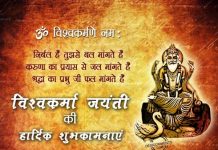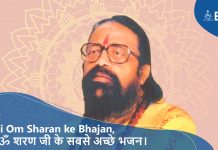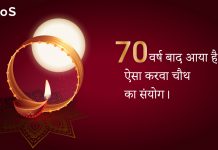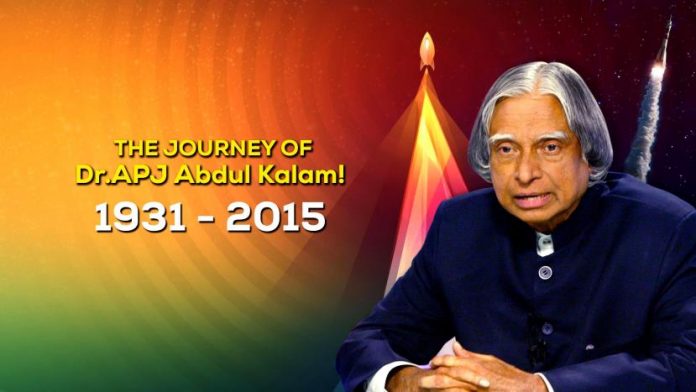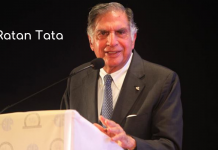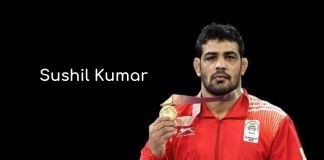If we look into Dr. APJ Abdul Kalam Life Lessons, he was a noticeable Indian researcher who filled in the office as the eleventh President of India in the time span of the year 2002 to 2007. Famous for his crucial part in the country’s non-military personnel space program and military rocket improvement, he was known widely across the nation by the name of Missile Man of India. He made huge commitments and had given a lot to India’s Pokhran-II atomic tests back in the year 1998 which built up him as a national legend.
Dr. APJ Abdul Kalam Life Lessons This is all you need to Know
Childhood and Early Days
Avul Pakir Jainulabdeen Abdul Kalam was born to a Muslim family residing in Rameswaram in the year 1931 on the 15th of October. He was the fifth child to his father, Jainulabudeen – the boat owner and Ashiamma – a housewife. He struggled in his early life and even sold the newspaper to add any possible income to the family’s meagre income. He completed his studies from Schwartz Higher Secondary School and then joined a college in Tiruchirappalli. In the year 1954, he graduated in Science from St. Joseph’s College and chased on to Madras Institute of Technology to pursue his dreams of aerospace engineering to complete his education.
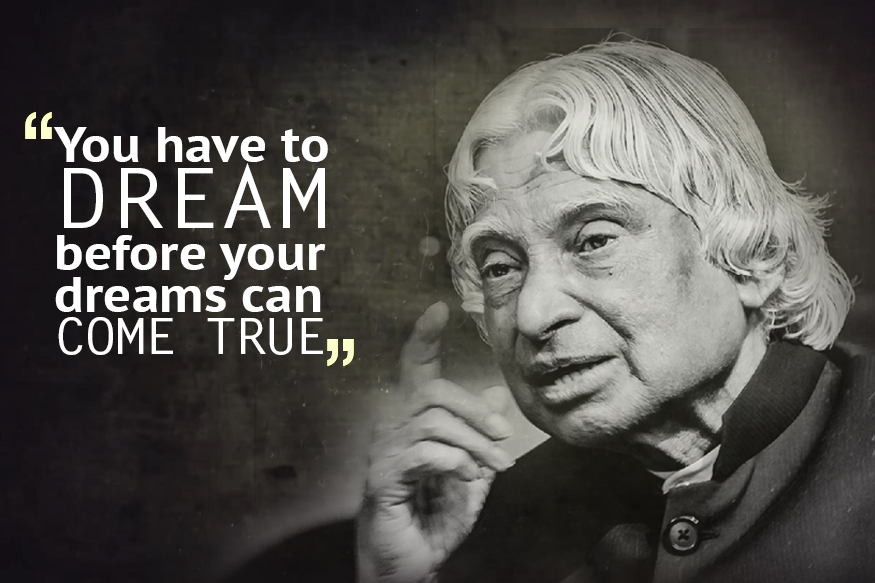
Career and Researches
A former student of the lofty Madras Institute of Technology, Kalam earned his degree in 1957 started his career as a researcher at the Aeronautical Development Establishment segment of the prestigious Defense Research and Development Organization (DRDO) in the year 1958. If we look into Dr. APJ Abdul Kalam Life Lessons it was at a later time in the year 1969 that he was exchanged to the Indian Space Research Organization (ISRO) where he filled in as the undertaking chief of the nation’s first Satellite Launch Vehicle (SLV-III). He, in the long run, came back to DRDO and turned out to be firmly associated with India’s then ongoing space research program.
In the 1970s, he started attempting endeavours to build up the Polar Satellite Launch Vehicle (PSLV). Created to enable India to dispatch its Indian Remote Sensing (IRS) satellites into the orbits that are synchronous with the Sun, the country’s PSLV venture was a possible achievement; it was first propelled on 20 September 1993. Dr. APJ Abdul Kalam inspirational story is filled with deep researches and dedication for the nation.
A.P.J. Kalam likewise coordinated a few different ventures, including the infamous Project Devil, in the 1970s. This work was a project aimed for an early fluid filled missile developed for delivering a short-run surface-to-air rocket. The undertaking was not an accomplishment in the long haul and was suspended in the 1980s. Anyway, it prompted the later improvement of the Prithvi rocket in the 1980s. He was additionally required with the Project Valiant which went for the advancement of the intercontinental ballistic rocket. Like Project Devil, this task too was not an accomplishment in itself but rather assumed a part in the improvement of the Prithvi rocket later on. Dr. APJ Abdul Kalam Life Lessons is filled with ups and downs throughout.
Into the Nation’s Servings – The President of India
He filled in as the Chief Scientific Adviser and started advising the office to the Prime Minister of India in the 1990s preceding turning into the President of India soon in the year 2002. Hugely prominent amid his term, he earned the moniker of being the President of the People.
Post Presidency Days
Dr. APJ Abdul Kalam Life Lessons didn’t just end here. Dr. A.P.J Abdul Kalam wandered into the scholastic field in the wake of leaving office. He turned into a meeting teacher at a few rumored organizations including the Indian Institute of Management Shillong, the Indian Institute of Management Ahmedabad, and the Indian Institute of Management Indore. Communicating with brilliant youthful personalities was what he cherished the most and he dedicated the later long stretches of his profession to this energy.
The post administration years additionally observed him showing data innovation at the International Institute of Information Technology, Hyderabad, and innovation at Banaras Hindu University as well as Anna University. He additionally filled in as the chancellor of the Indian Institute of Space Science and Technology Thiruvananthapuram.
In the year 2012, he propelled a program called ‘What Can I Give Movement’ to build up a “giving” disposition in the adolescent and to urge them to contribute towards country working by making little however positive strides. Dr. APJ Abdul Kalam true success story is filled with inspiration and motivation.
The Missile Man – Last Days
He was an exceptionally basic individual who carried on with an unassuming way of living when we look into the facts about his personal life. He claimed a couple of belonging—including his adored veena and gathering of books. He didn’t have a TV! A kind hearted man, he was a veggie lover and expended basic nourishment. He was a faithful Muslim; he had been raised with strict Islamic traditions. He regarded all religions and was knowledgeable in Hindu customs notwithstanding his Islamic practices. He not just read the namaz day by day and fasted amid Ramadan, yet additionally routinely read the Bhagavad Gita. This is what we learn from Dr. APJ Abdul Kalam Life Lessons.
He stayed dynamic till the specific end. While conveying an address at the Indian Institute of Management Shillong on 27 July 2015, the missile man had fallen and was hurried to the Bethany Hospital. He was affirmed dead of a heart failure at 7:45 pm. The Government of India proclaimed a seven-day state grieving period as a sign of regard for the end of Dr. APJ Abdul Kalam life journey.
He was regarded with many honors including the Bharat Ratna, which is considered as India’s most elevated non military personnel respect, for his commitment to the country’s space and atomic program. He wrote quite a number of books that provide inspiration to the citizens of the nation. Some of the most famous ones include Wings of Fire: An Autobiography in 1999 which is a Dr. APJ Abdul Kalam biography, Inspiring Thoughts in 2007, A Manifesto for Change: A Sequel to India 2020 in 2014 and many more.


